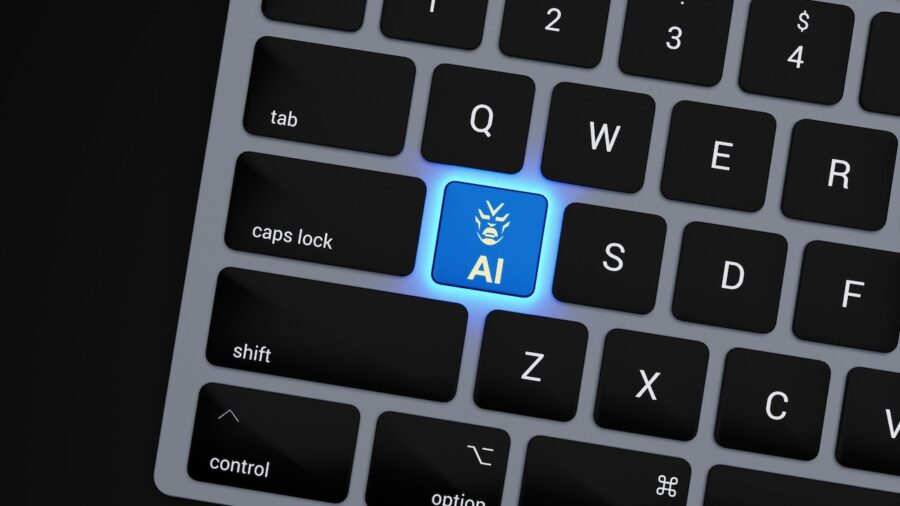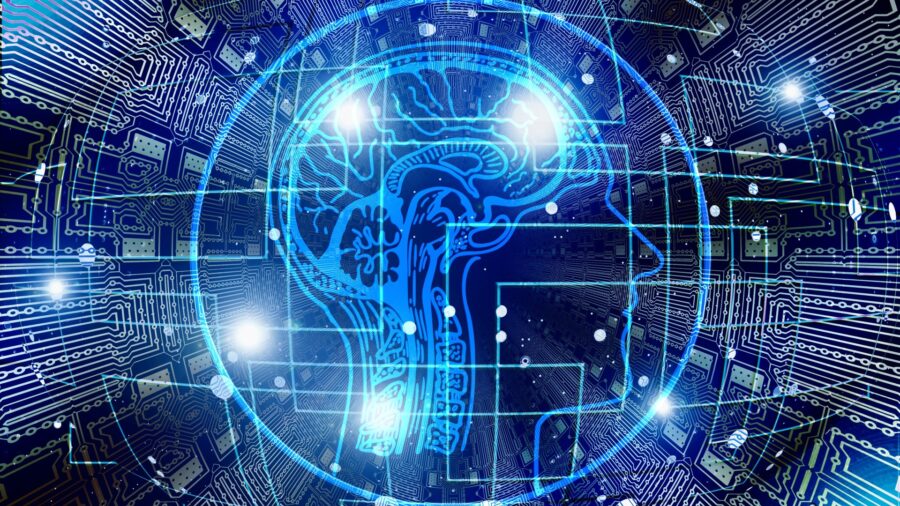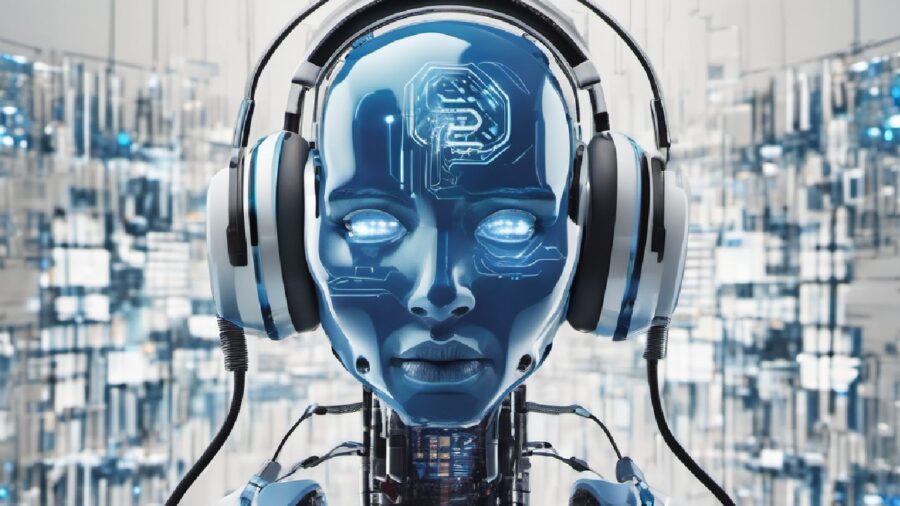Scientists Teach Gel To Play Iconic Video Game

It’s likely that you’ve heard of the game Pong, a first-of-its-kind video game released by Atari in 1972. It was a trend that caught on quickly and helped to popularize video games for the consumer market, but there’s a new chapter in the game’s storied history. Scientists have taught some gel to play Pong in a laboratory in a groundbreaking experiment.
Brain Cells Play Pong

An experiment launched about two years ago aimed to determine if hydrogel could be connected to brain cells in order to perform basic tasks. The idea was to allow what they called DishBrain to try learning a game and see if it could develop memory. The experiment was successful, and the brain cells, suspended in structured silicone gel, learned to play Pong.
Sticking Them Into The Matrix

The setup for DishBrain consists of building a digital environment for the brain cell culture that simulates the game Pong and then allowing it to interact with that environment to play the game. The cell culture has an input as well as an output in the form of a recording of the gel playing Pong. The goal was to allow living neurons to act as memory cells for these computations, essentially creating a biomimetic interface.
Work On AI Interfaces

While the University of Reading research team isn’t claiming that the gel is sentient, they assert that it has a memory. What’s more, Dr. Vincent Strong, the first researcher on the project, says that the gel can use its memory to gain experience and improve at the game of Pong. This technology can further the advancement of faster and more agile AI interfaces.
Technically Not Learning, But On The Right Path

Getting gel in a dish to play Pong seems like something out of a science fiction TV show, but it’s worth noting that scientists don’t exactly call what the DishBrain is doing “learning.” Rather, the specialized, ionically charged gel is placed between two plates with three-by-three square electrodes on them.
These receivers are then electrified in a specific pattern to represent the “ball” and “paddles” and as the “ball” bounces, the DishBrain records where it is most likely to be, concentrating the ions and increasing the charge in areas where the “ball” is more likely to be, blocking it with increasing accuracy.
Can’t Think Ahead But Can React

For those of us to whom this sounds a lot like learning, the chief science officer at cortical labs, Dr. Brett Kagan, describes the way that the gel is able to play Pong similarly to how a riverbed records the path of a river. It can keep the shape of water flowing over it but can’t predict new variables that it hasn’t been exposed to yet.
The riverbed analogy can help those of us unfamiliar with the functioning of biomimetic gel and how it could connect to neurons. It gives an idea of what the DishBrain is actually doing when it “plays” Pong.
A Monumental First Step

Although “learning” gel with embedded neurons might be a ways off, the implications of being able to teach gel how to play Pong put synthetic biological intelligence on the table as a real possibility for the first time.
While it’s agreed that for the time being, DishBrain isn’t actively learning, being able to record impressions is the first step in the process. Since biological systems are more efficient than artificial ones at capturing information, synthetic biological intelligence has a shot at beating artificial general intelligence, like the systems currently used for AI.













Login with Google